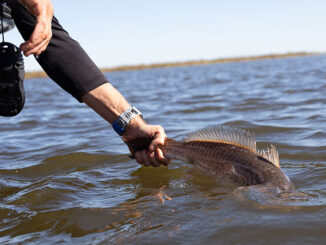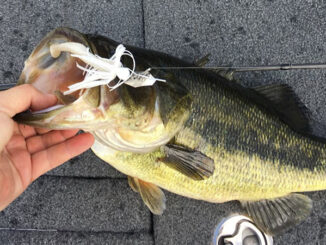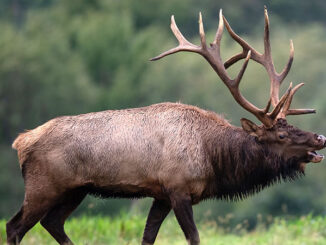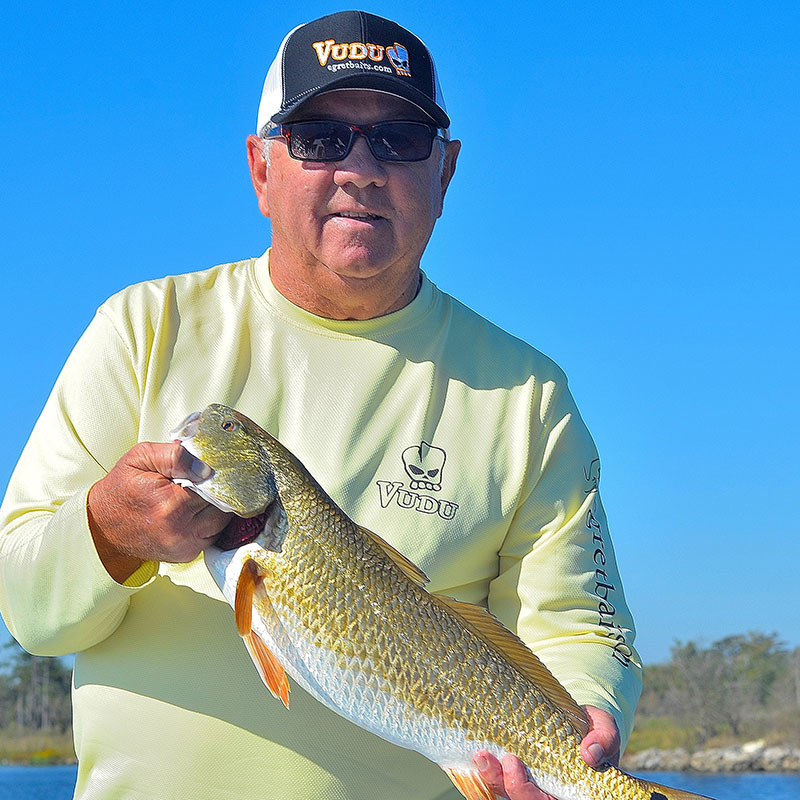
Hook-on-top soft plastic designed to cut through weeds
The evolution of the Original Vudu Mullet, a hit when saltwater anglers first got their hands on it back in 2014, continued when Vudu’s HOT Mullet hit the shelves in October 2023.
Egret Baits listened to the calls from many folks, then went to the drawing board to give them a “soft plastic” mullet imitation built to be more “weedless.” Getting it through the vegetation was the selling point that won over so many, including Egret Baits operations manager Jamie Burnett.
Marsh redfish
Burnett and her husband, Tony Burnett, who live in Zavalla, Texas, near Sam Rayburn Reservoir, have fished with it many times since it got on the market in October 2023. They travel to Sabine Lake and off the Gulf Coast in the Golden Triangle of Port Arthur, Port Neches and Beaumont. And they turn HOT Mullet loose on the local fisheries, mainly redfish.
“I like the action,” she said. “It’ll tear up some redfish back in the marshes. It’s a thrill … we caught really nice reds.”
Burnett, who has been with Egrets Baits since 2004, had a bold prediction after fishing it and watching it swim through grass, weeds and moss more efficiently than other saltwater swim baits.
“I do feel it will outperform the Original Vudu Mullet 3-to-1,” she said about the newest product from Egret Baits.
Weeds and fish
The artificial lure manufacturer’s owner, Ken Chaumont, oversaw the introduction of each mullet in that particular line of baitfish, one that happens to be among the delicacies in the food chain that includes shrimp, shad, cocahoes, etc.
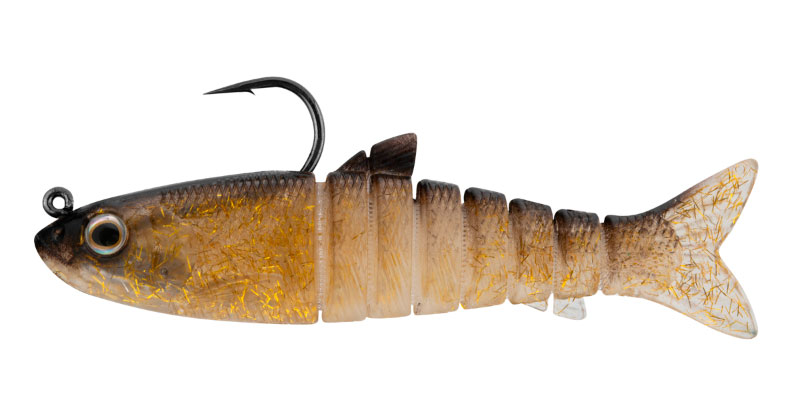
This “gold “rush” -colored HOT Mullet is the latest in the evolution of “mullet”-type soft plastics from Egret Baits.
“The HOT Mullet came out of necessity,” Chaumont said. “Anglers begged us for a more ‘weedless’ model. The single hook configuration was also way more popular in the saltwater markets. It was a simple crossover design that was easy to build. Remove the bottom hook and build a ‘hook on top’ HOT model.
“Fishermen love the swimming action of the entire Vudu Mullet line, but the hook on top allowed the angler to use it in more variations of shallow water. It certainly gained popularity in areas where grass (and weeds) was prevalent.”
What’s more, he pointed out, warming up to the subject, the HOT Mullet is the perfect imitation of a small finger mullet, a sought-after food source along any coast for redfish, speckled trout, flounder, snook and other species that live along inland waters in different parts of the country. It also has the same deadly swimming action as the Original Vudu Mullet.
The 3.5-inch HOT Mullet is rigged with a strong saltwater 4.0 hook and has an internal ¼-ounce weight that makes it easier to cast long distances, according to Chaumont, who has been in the artificial lure manufacturing business for saltwater fishing since he formed Egret Baits in 2004.
New colors
Six new colors have been created for the HOT Mullet in addition to the standard Egret Baits colors, according to Burnett. The new colors are Gold Rush, Silver Mullet, Pearl, Lime Slice, Opening Night and Chicken-on-a-Chain. The latter also has made a successful crossover to bass fishing.
Burnett’s favorite new HOT Mullet color is Gold Rush, which she said has an appealing holographic look to it.
The Original Vudu Mullet is made with thermoplastic elastomers, commonly known as TPE. TPE is a mix of rubber and plastic synthetic materials that can stretch to moderate elongations and return to the normal shape, thus creating a longer life and better physical range than other materials. As a result, many, many more fish can be caught on one bait, as has been proven over the past two decades.
For more information about the HOT Mullet and other Egret Bait products, go to www.egretbaits.com or call 800-256-2075.
